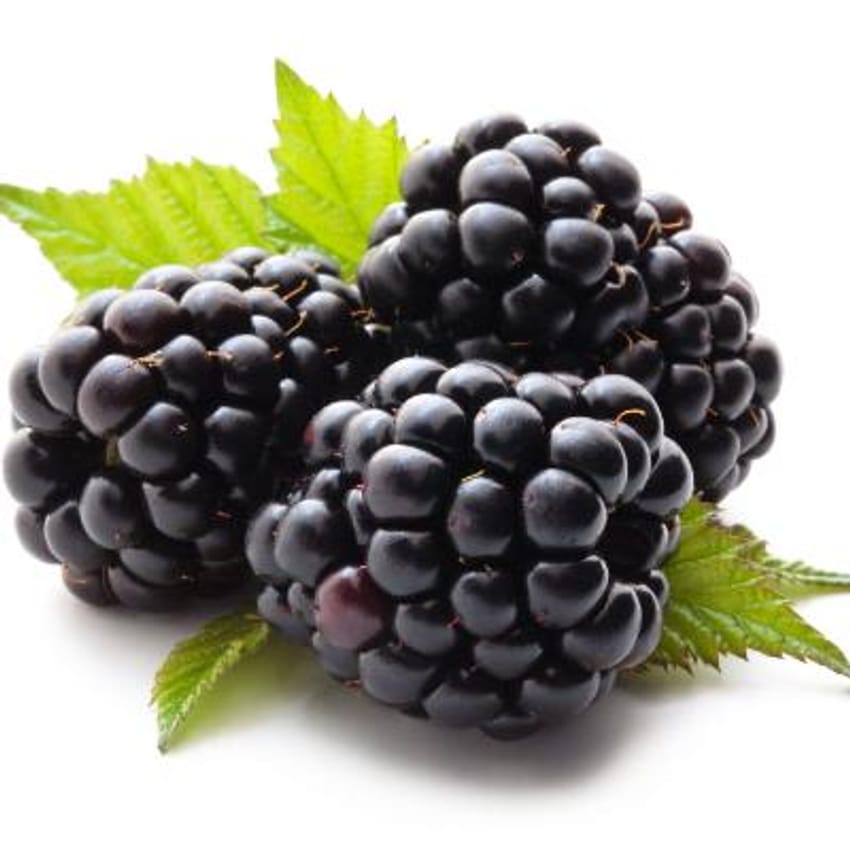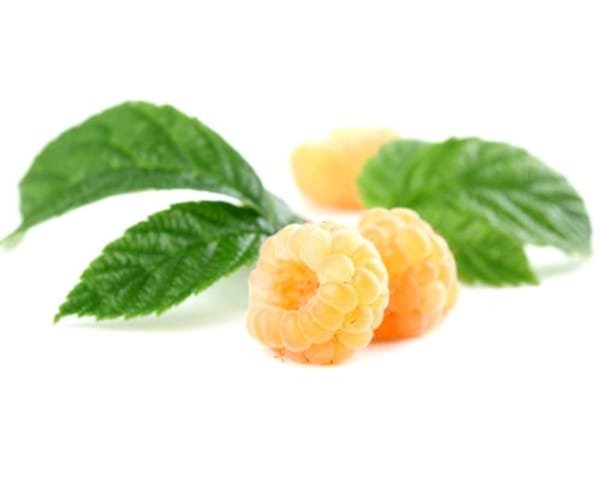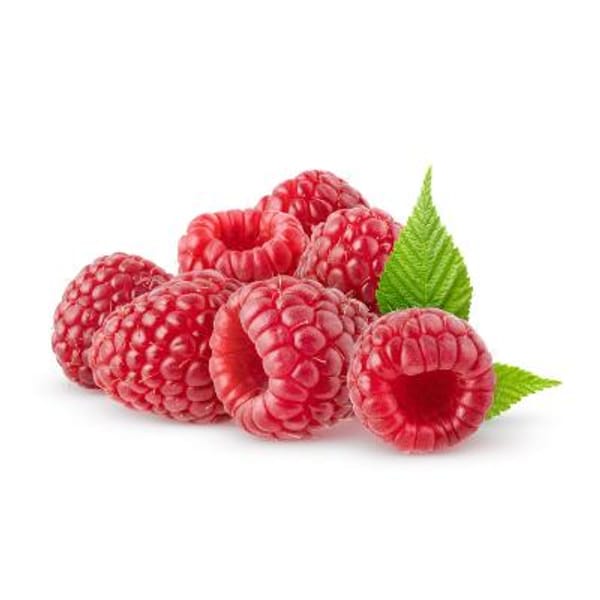- Triple Crown Blackberries will enlighten your tastebuds with each bite being both sweet, tart, firm, and juicy.
- Heavy crops of large, tasty fruit.
- A wonderful, sweet flavor without the acidic tang of some varieties.
- It ripens in late July on thornless, semi-erect 12 to 15' cane
- Semi-Trailing plant structure
- USDA Zones 5-12
- Berry Variety Chart
- Check out our Cane Berry Growing Guide (pdf)







